Home>Furniture & Design>Interior Design Trends>What Type Of Vinyl To Use On Glass
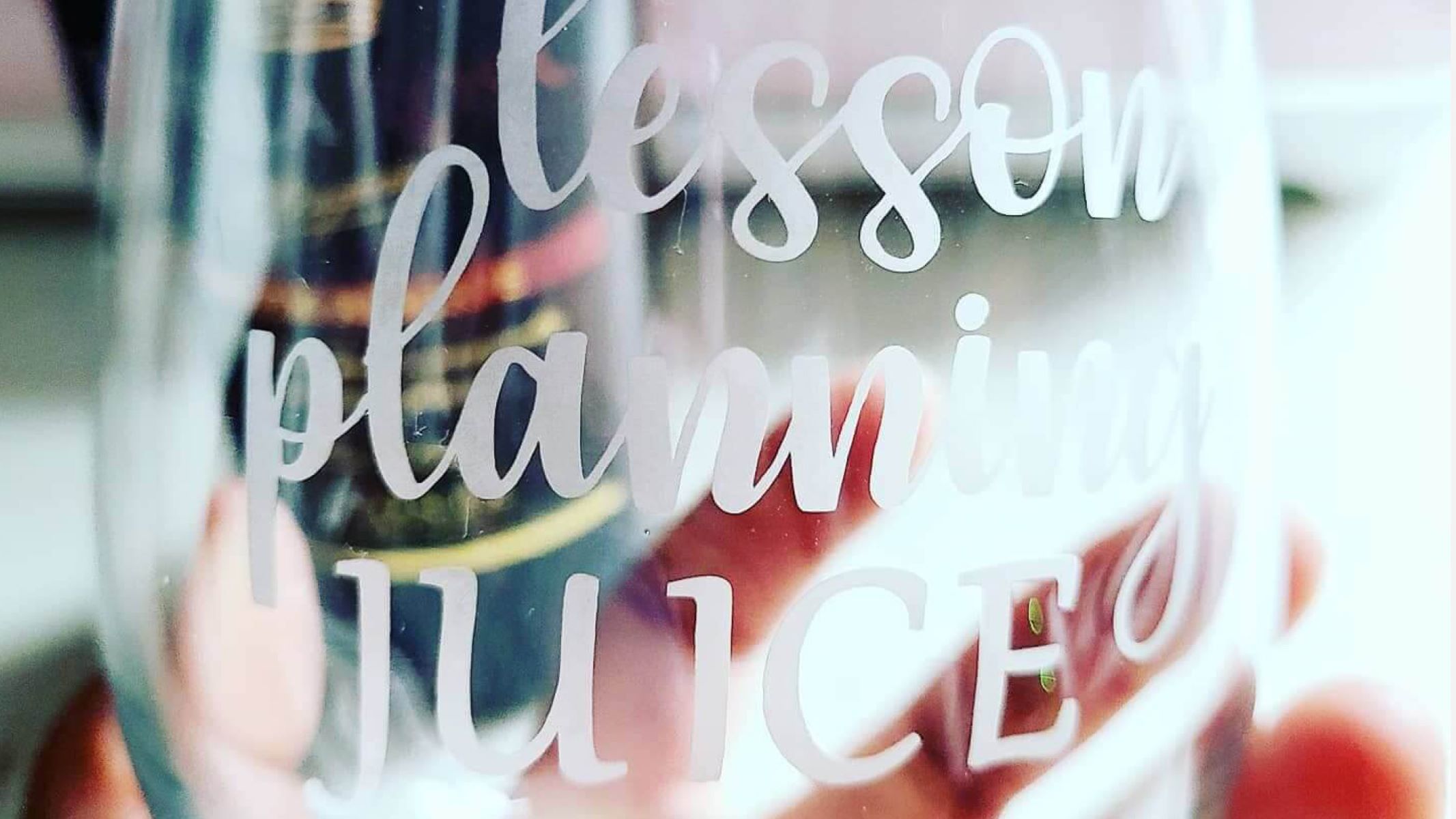

Interior Design Trends
What Type Of Vinyl To Use On Glass
Published: February 4, 2024
Discover the latest interior design trends for using vinyl on glass. Find out which type of vinyl is best for your project and elevate your space with style. Explore the possibilities today!
(Many of the links in this article redirect to a specific reviewed product. Your purchase of these products through affiliate links helps to generate commission for Storables.com, at no extra cost. Learn more)
Introduction
When it comes to adding a touch of personalization and creativity to glass surfaces, using vinyl is a popular and versatile option. Whether you're looking to decorate windows, glass doors, or even glassware, choosing the right type of vinyl is crucial for achieving the desired results. With various options available, understanding the different types of vinyl for glass and how to select the most suitable one for your project is essential. In this comprehensive guide, we will explore the various types of vinyl suitable for use on glass surfaces, along with tips for selecting the right vinyl and applying it effectively. Whether you're a seasoned crafter or a DIY enthusiast, this article will equip you with the knowledge needed to embark on your glass-vinyl projects with confidence. So, let's dive into the world of vinyl and glass and uncover the possibilities that await!
Key Takeaways:
- Vinyl offers endless creative possibilities for enhancing glass surfaces with vibrant designs, subtle frosted effects, and personalized embellishments, catering to various project requirements and design preferences.
- Applying vinyl to glass surfaces requires attention to detail, proper preparation, and methodical execution, ensuring professional-looking results and the longevity of the applied designs.
Read more: What Kind Of Vinyl To Use On Glass
Types of Vinyl for Glass
When it comes to working with vinyl on glass surfaces, it's essential to understand the different types of vinyl available and their specific characteristics. Each type of vinyl offers unique features that cater to various applications, ensuring that you can achieve the desired look and functionality for your project. Here are the primary types of vinyl suitable for use on glass:
1. Adhesive Vinyl
Adhesive vinyl is a popular choice for decorating glass surfaces due to its versatility and ease of use. This type of vinyl features a self-adhesive backing, allowing it to adhere firmly to glass without the need for additional adhesives. Adhesive vinyl comes in a wide range of colors, finishes, and textures, making it suitable for creating intricate designs, lettering, and decorative patterns on glass windows, doors, and other glass surfaces. Additionally, adhesive vinyl is durable and weather-resistant, making it suitable for both indoor and outdoor applications.
2. Heat Transfer Vinyl
Heat transfer vinyl, also known as HTV, is another type of vinyl that can be used on glass surfaces with the application of heat. While HTV is commonly associated with fabric and apparel decoration, it can also be applied to glassware and glass surfaces using a heat press or a household iron. This type of vinyl is ideal for creating custom designs, monograms, and personalized motifs on glass items such as mugs, vases, and decorative glassware. Heat transfer vinyl offers a wide range of colors and finishes, including metallic, glitter, and matte options, allowing for endless creative possibilities.
3. Etched Glass Vinyl
Etched glass vinyl provides a cost-effective alternative to traditional glass etching techniques. This type of vinyl features a frosted or translucent appearance, mimicking the elegant look of etched glass when applied to glass surfaces. Etched glass vinyl is commonly used for creating privacy panels, decorative accents, and custom designs on glass windows, doors, and partitions. It offers the advantage of being removable, allowing for easy repositioning and replacement without leaving residue or damaging the glass surface.
Each type of vinyl for glass presents unique advantages and applications, catering to different project requirements and design preferences. By understanding the characteristics of each type of vinyl, you can make an informed decision when selecting the most suitable option for your glass-vinyl projects. Whether you're aiming for vibrant and colorful designs, subtle frosted effects, or personalized embellishments, the right vinyl choice can elevate the visual appeal of glass surfaces and bring your creative visions to life.
Read more: What Type Of Glass Is Used In Car Windows
Adhesive Vinyl
Adhesive vinyl is a versatile and user-friendly option for adding decorative elements to glass surfaces. This type of vinyl features a self-adhesive backing, eliminating the need for additional adhesives or specialized equipment during application. Whether you're looking to enhance the aesthetics of glass windows, doors, or other glass items, adhesive vinyl offers a wide array of colors, finishes, and textures to suit various design preferences.
One of the key advantages of adhesive vinyl is its ease of use. With a simple peel-and-stick application method, even beginners can achieve professional-looking results. The flexibility of adhesive vinyl allows for the creation of intricate designs, lettering, and patterns, making it ideal for adding personalized touches to glass surfaces. Additionally, adhesive vinyl is available in both permanent and removable options, providing flexibility for different project requirements.
In terms of durability, adhesive vinyl is designed to withstand various environmental conditions, making it suitable for both indoor and outdoor applications. It is resistant to fading, peeling, and cracking, ensuring that the applied designs maintain their visual impact over time. This durability makes adhesive vinyl a practical choice for embellishing glass windows, storefronts, and glass doors, where exposure to sunlight and weather elements is a consideration.
Furthermore, adhesive vinyl offers a diverse range of finishes, including matte, glossy, metallic, and textured options. This variety allows for creative experimentation and customization, enabling individuals to achieve the desired visual effects on glass surfaces. Whether you're aiming for a sleek and modern look or a vibrant and eye-catching display, the versatility of adhesive vinyl ensures that there is a suitable finish for every design concept.
When selecting adhesive vinyl for glass projects, it's essential to consider the specific requirements of the application. Factors such as the intended location, exposure to sunlight, and desired longevity of the design should influence the choice of adhesive vinyl. By understanding the characteristics and benefits of adhesive vinyl, individuals can confidently embark on glass-vinyl projects, knowing that they have a reliable and adaptable material at their disposal.
In summary, adhesive vinyl offers a convenient and effective solution for enhancing glass surfaces with decorative and personalized designs. Its ease of application, durability, and diverse finish options make it a popular choice for both DIY enthusiasts and professional designers seeking to elevate the visual appeal of glass windows, doors, and other glass items. With adhesive vinyl, the possibilities for transforming glass surfaces into captivating works of art are virtually limitless.
Heat Transfer Vinyl
Heat transfer vinyl (HTV) presents an exciting opportunity to add personalized and eye-catching designs to glass surfaces through the application of heat. While HTV is commonly associated with fabric and apparel decoration, its versatility extends to glassware, glass panels, and other glass items, offering a unique way to customize and embellish these surfaces.
One of the key advantages of heat transfer vinyl is its compatibility with glass surfaces, allowing for the creation of intricate and vibrant designs that adhere firmly when heat is applied. HTV is available in a wide range of colors, finishes, and textures, including metallic, glitter, and matte options, providing ample opportunities for creative expression. Whether you're looking to add monograms, custom motifs, or decorative elements to glassware, vases, or decorative glass panels, heat transfer vinyl offers a versatile and visually striking solution.
The application process for heat transfer vinyl on glass involves using a heat press or a household iron to transfer the design onto the glass surface. This method ensures a secure bond between the vinyl and the glass, resulting in a durable and long-lasting embellishment. Additionally, the heat transfer process allows for precise and detailed designs to be transferred onto the glass, enabling individuals to achieve intricate patterns, lettering, and graphics with ease.
When selecting heat transfer vinyl for glass projects, it's important to consider the specific characteristics of the vinyl, including its compatibility with glass surfaces and the heat transfer process. Additionally, the desired visual impact, whether it's a metallic sheen, a glittering effect, or a matte finish, should guide the choice of heat transfer vinyl to ensure that the design aligns with the intended aesthetic.
In summary, heat transfer vinyl offers a dynamic and creative approach to decorating glass surfaces, providing a wide range of design possibilities and customization options. Whether it's adding personalized elements to glassware, creating decorative accents on glass panels, or embellishing glass items with vibrant designs, heat transfer vinyl empowers individuals to transform ordinary glass surfaces into visually captivating works of art.
With its compatibility with glass, diverse color and finish options, and the ability to achieve intricate designs, heat transfer vinyl stands as a versatile and compelling choice for those seeking to elevate the visual appeal of glass through personalized and expressive embellishments.
Etched Glass Vinyl
Etched glass vinyl offers a cost-effective and versatile alternative to traditional glass etching techniques, allowing individuals to achieve the elegant and sophisticated look of etched glass without the need for specialized equipment or extensive manual labor. This type of vinyl features a frosted or translucent appearance, creating the illusion of etched glass when applied to glass surfaces. Whether used for decorative accents, privacy panels, or custom designs, etched glass vinyl provides a practical and visually appealing solution for enhancing glass windows, doors, and partitions.
One of the key advantages of etched glass vinyl is its ease of application. Unlike traditional glass etching methods, which involve chemical treatments and intricate stenciling, etched glass vinyl can be applied with simplicity and precision. The self-adhesive backing of the vinyl allows for straightforward installation, enabling individuals to create custom designs and patterns on glass surfaces with ease. This user-friendly application process makes etched glass vinyl accessible to both DIY enthusiasts and professional designers, offering a convenient way to achieve the desired aesthetic without the complexities associated with traditional etching methods.
In addition to its ease of application, etched glass vinyl offers the benefit of being removable and repositionable. This feature allows for flexibility in design experimentation and adjustments, as the vinyl can be easily repositioned or replaced without leaving residue or causing damage to the glass surface. Whether it's updating the design of a glass window, creating temporary decorative elements for an event, or experimenting with different patterns and motifs, the removable nature of etched glass vinyl provides individuals with the freedom to explore various design possibilities without long-term commitment.
Furthermore, etched glass vinyl is suitable for both indoor and outdoor applications, making it a versatile choice for a wide range of glass surfaces. Its durability and resistance to environmental factors ensure that the applied designs maintain their visual appeal over time, even when exposed to sunlight, moisture, or varying temperatures. This durability makes etched glass vinyl a practical solution for enhancing glass doors, windows, and partitions in residential, commercial, and hospitality settings, where both aesthetic enhancement and longevity are essential considerations.
When selecting etched glass vinyl for a project, individuals can choose from a variety of finishes and textures to suit their specific design preferences. Whether it's a subtle frosted effect, a translucent finish, or a textured surface, the diverse options available in etched glass vinyl allow for customization and creative expression. This variety ensures that individuals can achieve the desired visual impact, whether it's creating privacy panels with elegant patterns, adding decorative accents to glass doors, or personalizing glass surfaces with custom designs that mimic the timeless allure of etched glass.
In summary, etched glass vinyl offers a practical, versatile, and visually appealing solution for enhancing glass surfaces with the sophisticated look of etched glass. Its ease of application, removability, durability, and diverse finish options make it an attractive choice for individuals seeking to elevate the aesthetics of glass windows, doors, and partitions. Whether used for decorative, functional, or artistic purposes, etched glass vinyl empowers individuals to transform ordinary glass surfaces into captivating and elegant works of art, adding a touch of refinement and personalization to any space.
Choosing the Right Vinyl for Your Project
Selecting the right vinyl for your glass project is a crucial step that significantly influences the outcome of your design and its longevity. Understanding the specific requirements of your project and the characteristics of each type of vinyl is essential for making an informed decision. Here are key considerations to guide you in choosing the most suitable vinyl for your glass project:
Read more: What Type Of Nails For Vinyl Siding
1. Project Requirements
Assess the specific requirements of your project, including the type of glass surface, the intended location (indoor or outdoor), and the desired longevity of the design. If you are decorating glass windows, doors, or storefronts exposed to sunlight and weather elements, opt for durable and weather-resistant vinyl, such as adhesive vinyl. For decorative glassware or glass panels, consider the visual impact and customization options offered by heat transfer vinyl or etched glass vinyl.
2. Design Concept
Consider the visual aesthetic and design concept you aim to achieve. If your project involves vibrant colors, intricate patterns, or personalized motifs, adhesive vinyl and heat transfer vinyl offer a wide range of color options and finishes to bring your design to life. Alternatively, if you seek a subtle and elegant look resembling etched glass, etched glass vinyl provides a frosted or translucent appearance suitable for creating privacy panels and decorative accents.
3. Application Method
Evaluate the application method best suited for your project. Adhesive vinyl offers a simple peel-and-stick application, making it ideal for DIY enthusiasts and those seeking ease of use. Heat transfer vinyl requires the use of a heat press or household iron for application, providing a secure bond and precise transfer of intricate designs onto glass surfaces. Etched glass vinyl features a self-adhesive backing for straightforward installation, allowing for flexibility in design experimentation and adjustments.
4. Longevity and Maintenance
Consider the longevity and maintenance requirements of the applied vinyl design. Adhesive vinyl and heat transfer vinyl are durable and resistant to fading, peeling, and cracking, making them suitable for long-term applications. Etched glass vinyl, while removable and repositionable, offers durability and resistance to environmental factors, ensuring that the applied designs maintain their visual appeal over time.
By carefully considering these factors, you can confidently select the most appropriate vinyl for your glass project, ensuring that your design vision is realized with precision and impact. Whether you prioritize ease of application, vibrant customization options, or the timeless elegance of etched glass, the right vinyl choice will elevate the visual appeal of your glass surfaces and bring your creative concepts to fruition.
Read more: What Vinyl To Use On Charger Plates
Tips for Applying Vinyl to Glass
Applying vinyl to glass surfaces requires attention to detail and a methodical approach to ensure a seamless and professional-looking result. Whether you're embarking on a DIY glass-vinyl project or working on a commercial installation, the following tips will guide you through the process of applying vinyl to glass with precision and confidence.
-
Surface Preparation: Before applying vinyl to glass, ensure that the surface is clean, dry, and free of any dust, dirt, or residue. Use a mild glass cleaner or a solution of water and rubbing alcohol to thoroughly clean the glass surface. This step is crucial for promoting adhesion and preventing imperfections in the applied vinyl.
-
Measuring and Alignment: Take precise measurements of the glass surface and plan the placement of the vinyl design accordingly. Use a ruler, level, or masking tape to mark the desired position of the vinyl, ensuring straight lines and accurate alignment. Proper measurement and alignment are essential for achieving a professional and polished look.
-
Application Tools: Utilize application tools such as a squeegee or a vinyl applicator to smooth out the vinyl and remove air bubbles during the application process. Starting from the center of the vinyl design, gradually work outward to ensure even adhesion and minimize the presence of air bubbles or wrinkles.
-
Heat Application (For Heat Transfer Vinyl): If using heat transfer vinyl, apply heat using a heat press or a household iron according to the manufacturer's instructions. The application of heat activates the adhesive on the vinyl, ensuring a secure bond with the glass surface. Use a protective sheet or parchment paper to shield the vinyl during the heat application process.
-
Peel and Transfer: When using adhesive vinyl, carefully peel away the backing from the vinyl design, ensuring that the vinyl adheres smoothly to the glass surface. Take your time to avoid any premature adherence or misalignment. For intricate designs, consider using transfer tape to facilitate the transfer of the vinyl onto the glass surface.
-
Finishing Touches: Once the vinyl is applied, use the squeegee or applicator to firmly press the vinyl onto the glass, ensuring that it adheres uniformly. Pay attention to the edges and corners to prevent lifting or peeling over time. Trim any excess vinyl using a sharp craft knife for a clean and professional finish.
-
Curing Time: Allow the applied vinyl to cure and set on the glass surface according to the manufacturer's recommendations. This step is essential for ensuring the longevity and durability of the vinyl design, especially for outdoor applications or areas exposed to frequent handling.
By following these tips for applying vinyl to glass, you can achieve professional-looking results and bring your design visions to life with precision and quality. Whether you're creating decorative window displays, personalized glassware, or custom glass accents, the application of vinyl to glass surfaces becomes a rewarding and visually impactful endeavor.
Conclusion
In conclusion, the world of vinyl offers a myriad of possibilities for enhancing glass surfaces with creativity, personalization, and visual appeal. The diverse types of vinyl, including adhesive vinyl, heat transfer vinyl, and etched glass vinyl, cater to a wide range of design preferences and project requirements, empowering individuals to transform ordinary glass surfaces into captivating works of art.
By understanding the unique characteristics and applications of each type of vinyl, individuals can make informed decisions when selecting the most suitable option for their glass-vinyl projects. Whether it's adding vibrant designs to glass windows, creating personalized motifs on glassware, or achieving the elegant look of etched glass on glass doors and partitions, the right choice of vinyl can elevate the aesthetics of glass surfaces with precision and impact.
Furthermore, the application of vinyl to glass surfaces requires attention to detail, proper preparation, and methodical execution. By following essential tips for surface preparation, measuring and alignment, application tools, heat application (for heat transfer vinyl), peel and transfer, and finishing touches, individuals can achieve professional-looking results and ensure the longevity and durability of the applied vinyl designs.
Ultimately, the combination of the right vinyl choice and meticulous application techniques enables individuals to embark on glass-vinyl projects with confidence, whether for personal DIY endeavors or professional installations. The ability to add personalized touches, decorative elements, and custom designs to glass surfaces opens up a world of creative expression, allowing individuals to infuse their living spaces, events, and commercial environments with unique and visually captivating embellishments.
As the popularity of vinyl continues to grow in the realm of interior design and personalization, the integration of vinyl with glass surfaces presents an exciting avenue for artistic expression and functional enhancement. Whether it's embellishing residential windows, creating custom glassware, or adding decorative accents to commercial spaces, the marriage of vinyl and glass offers endless opportunities for transforming everyday surfaces into extraordinary showcases of creativity and individuality.
In essence, the fusion of vinyl and glass transcends mere decoration, becoming a means of storytelling, self-expression, and visual transformation. With the right knowledge, creativity, and attention to detail, individuals can embark on a journey of elevating glass surfaces with the timeless allure and modern versatility of vinyl, bringing their design visions to life with enduring impact and style.
Frequently Asked Questions about What Type Of Vinyl To Use On Glass
Was this page helpful?
At Storables.com, we guarantee accurate and reliable information. Our content, validated by Expert Board Contributors, is crafted following stringent Editorial Policies. We're committed to providing you with well-researched, expert-backed insights for all your informational needs.
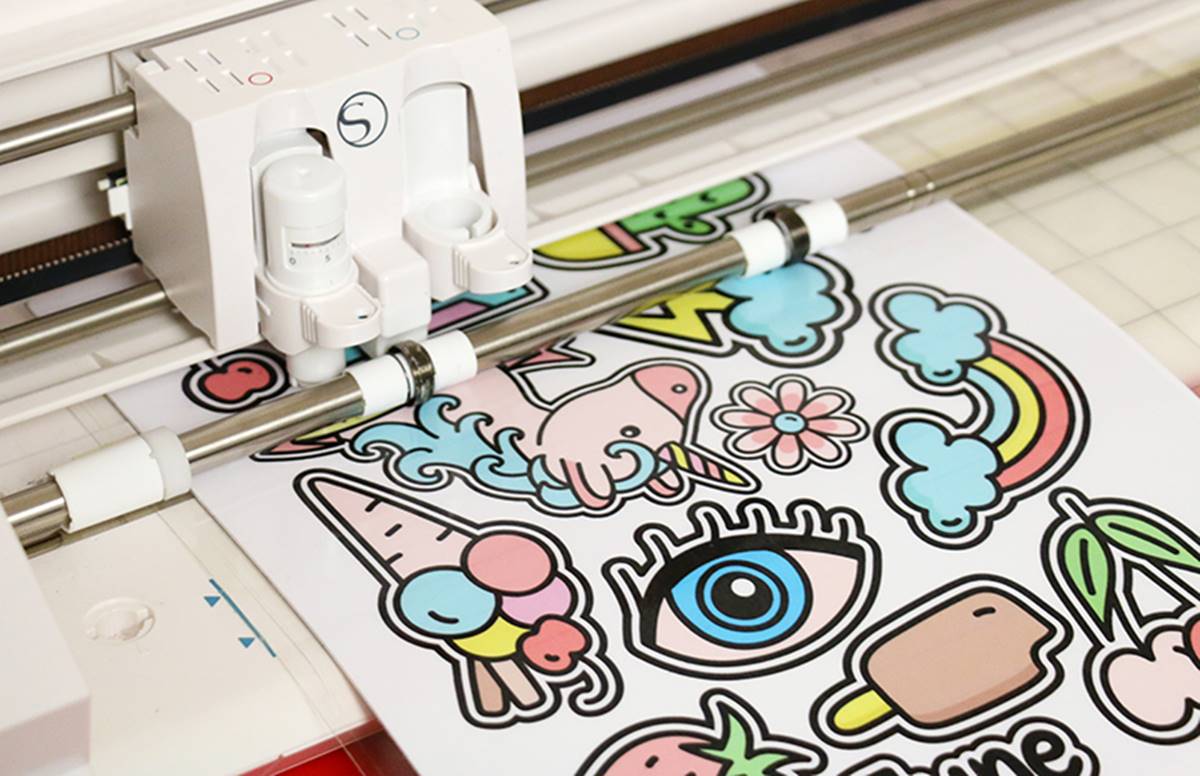
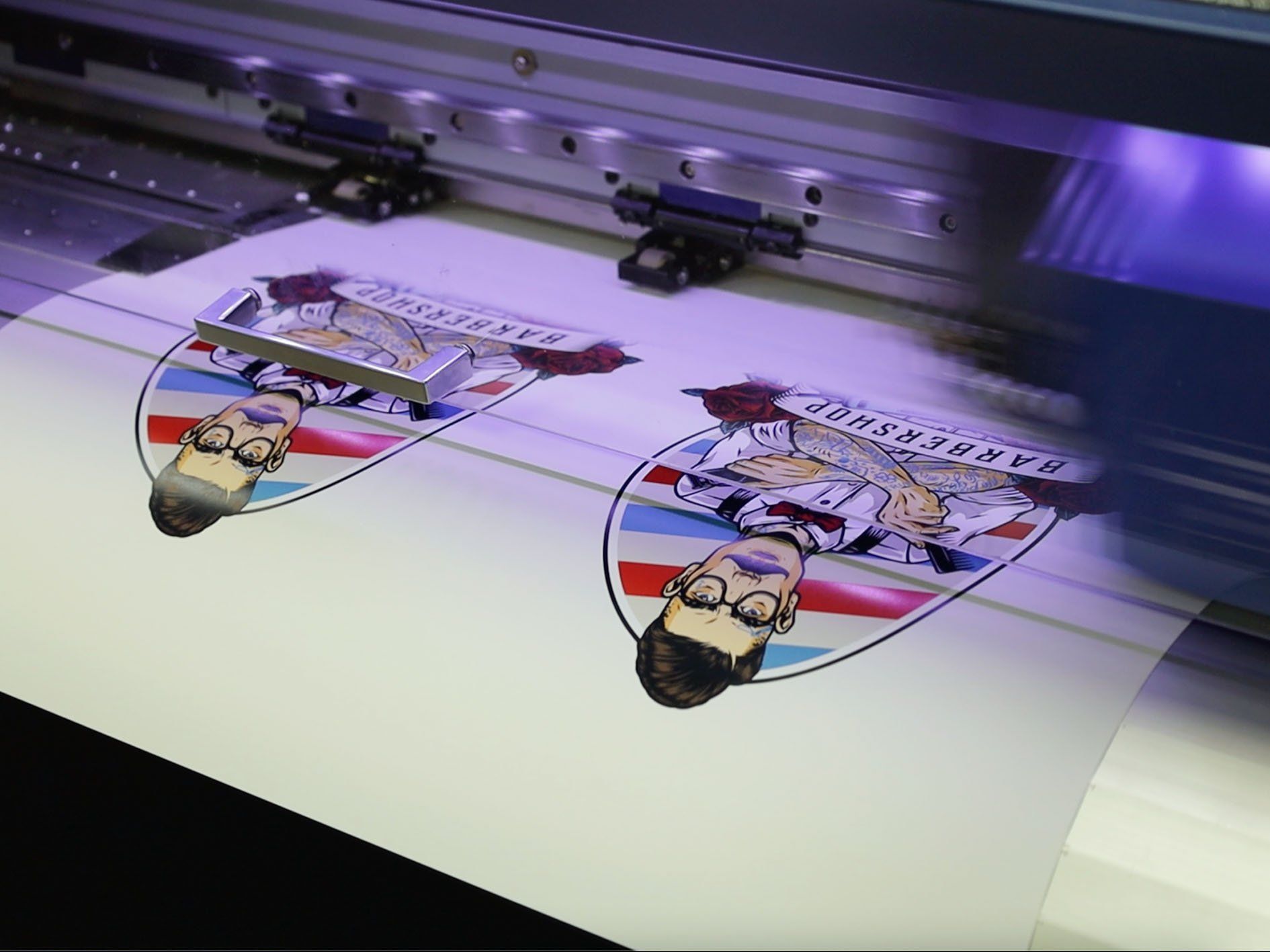
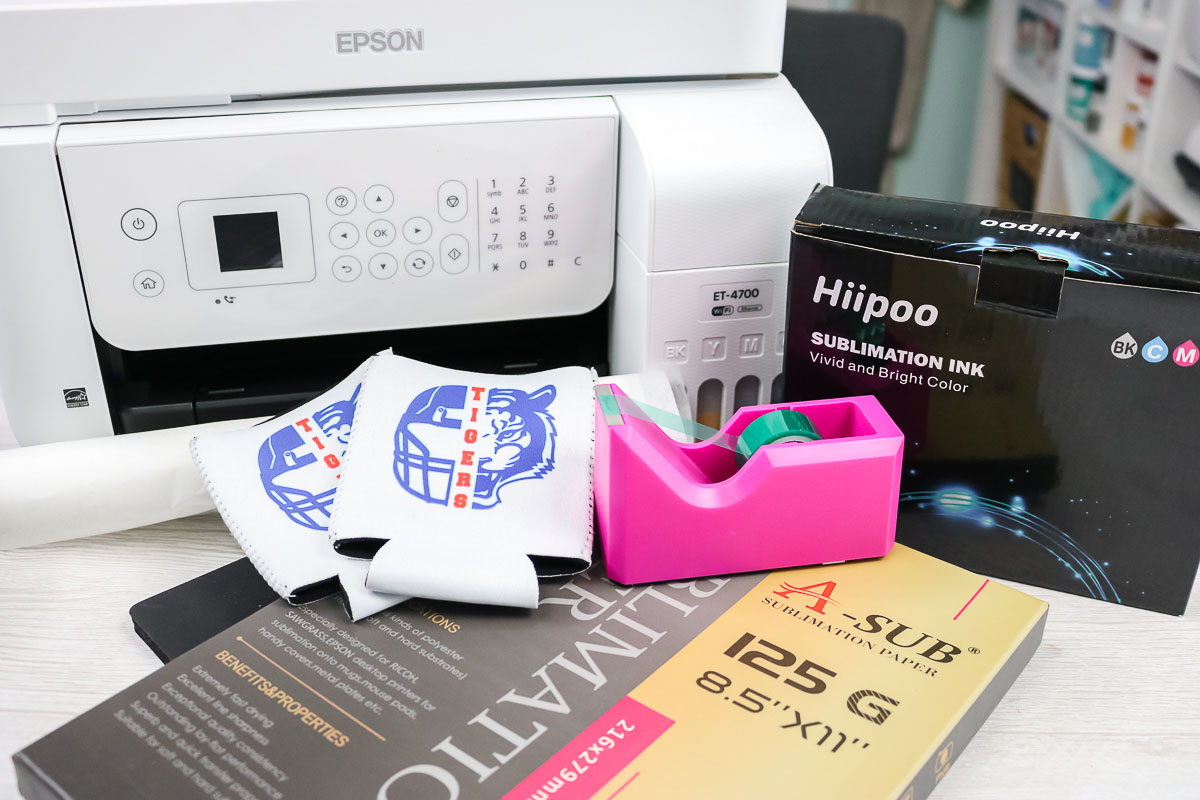
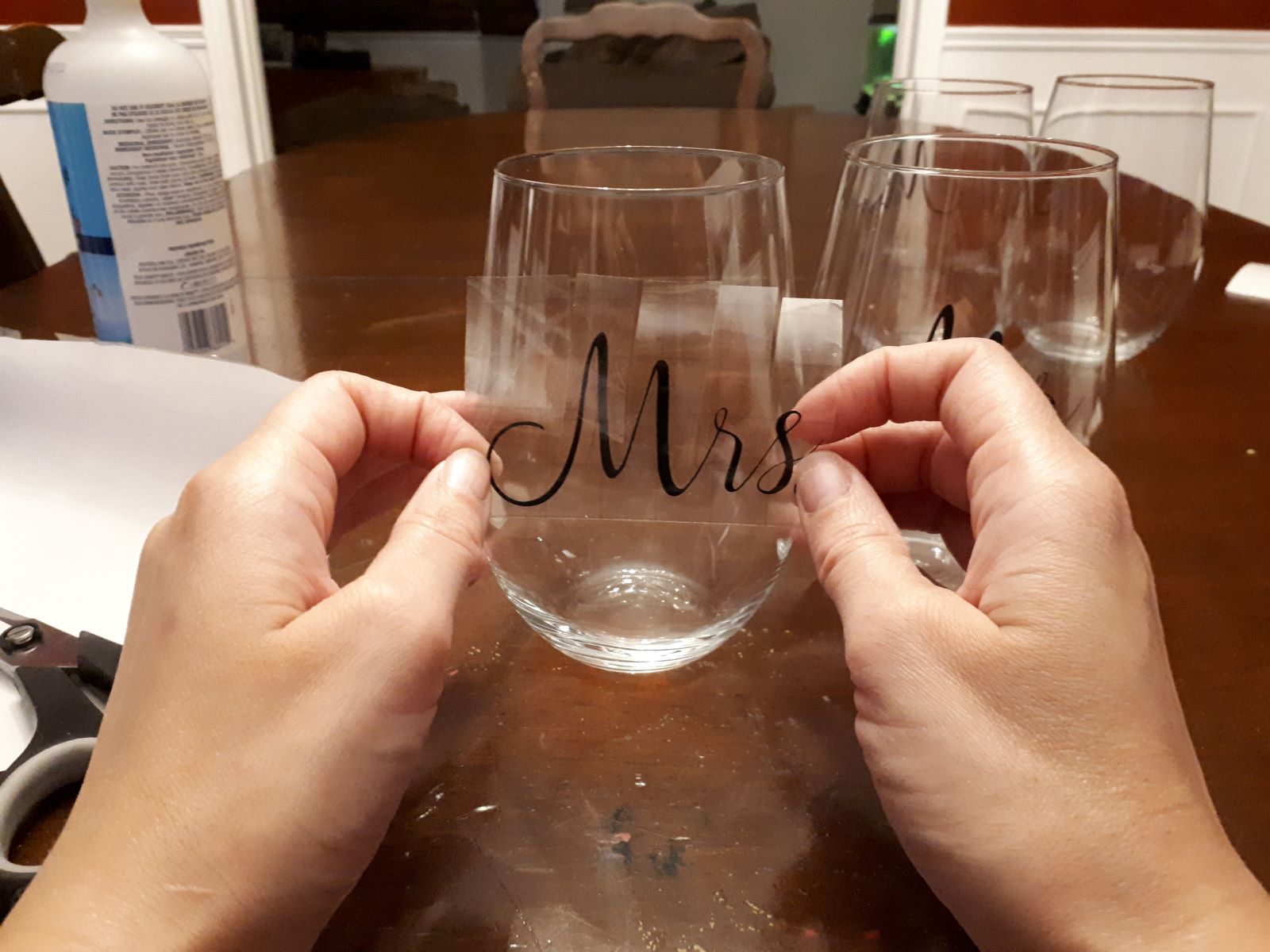
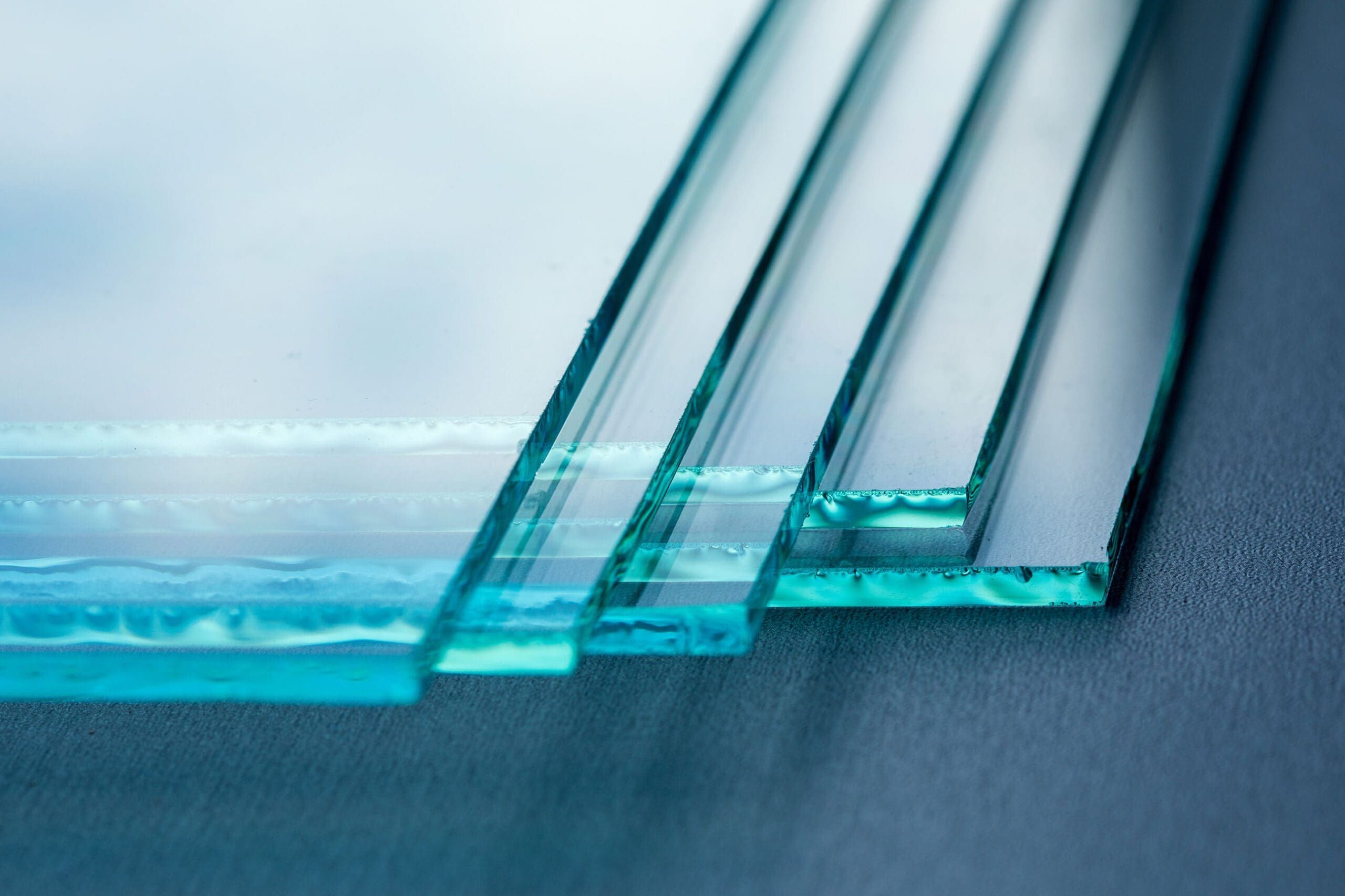
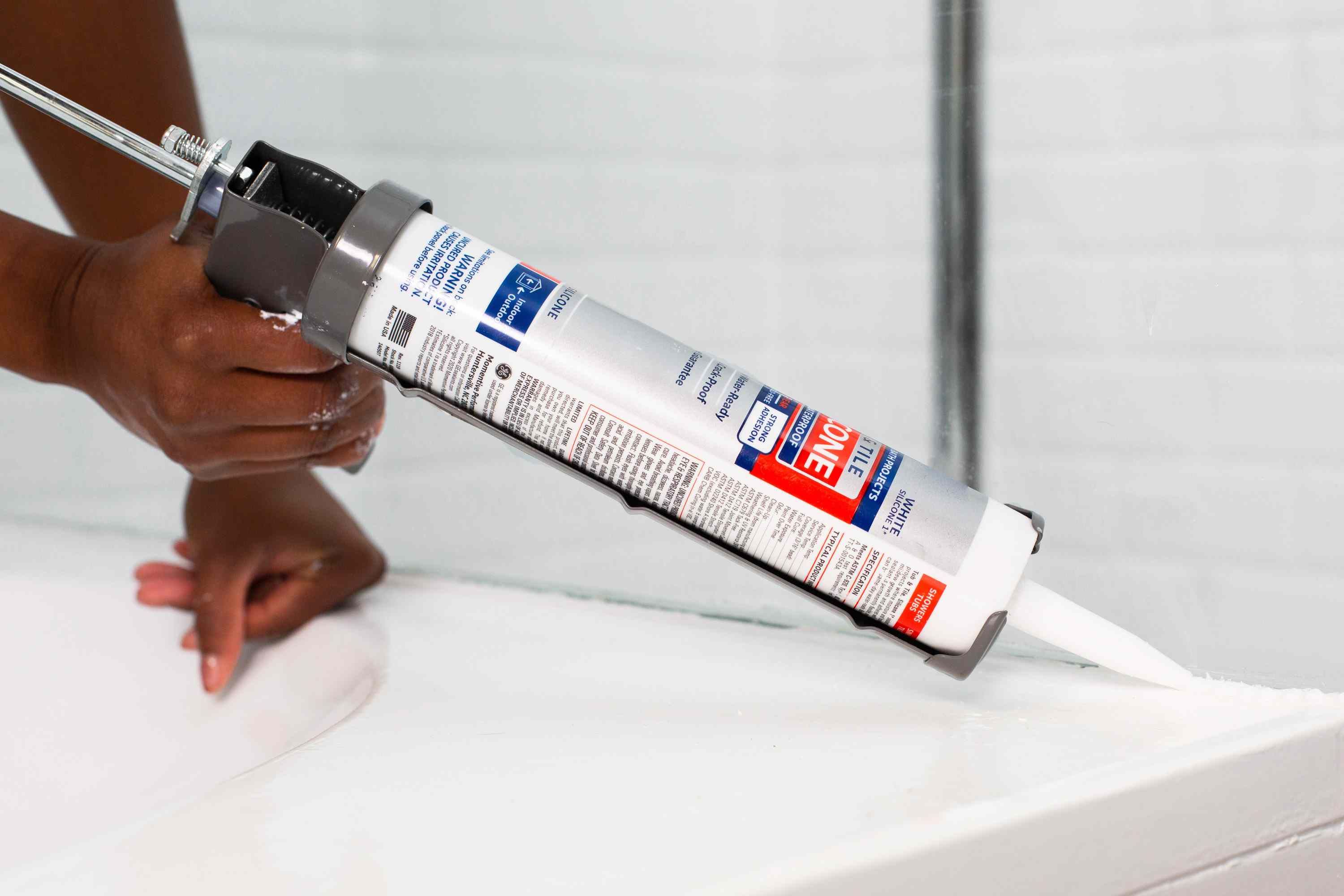
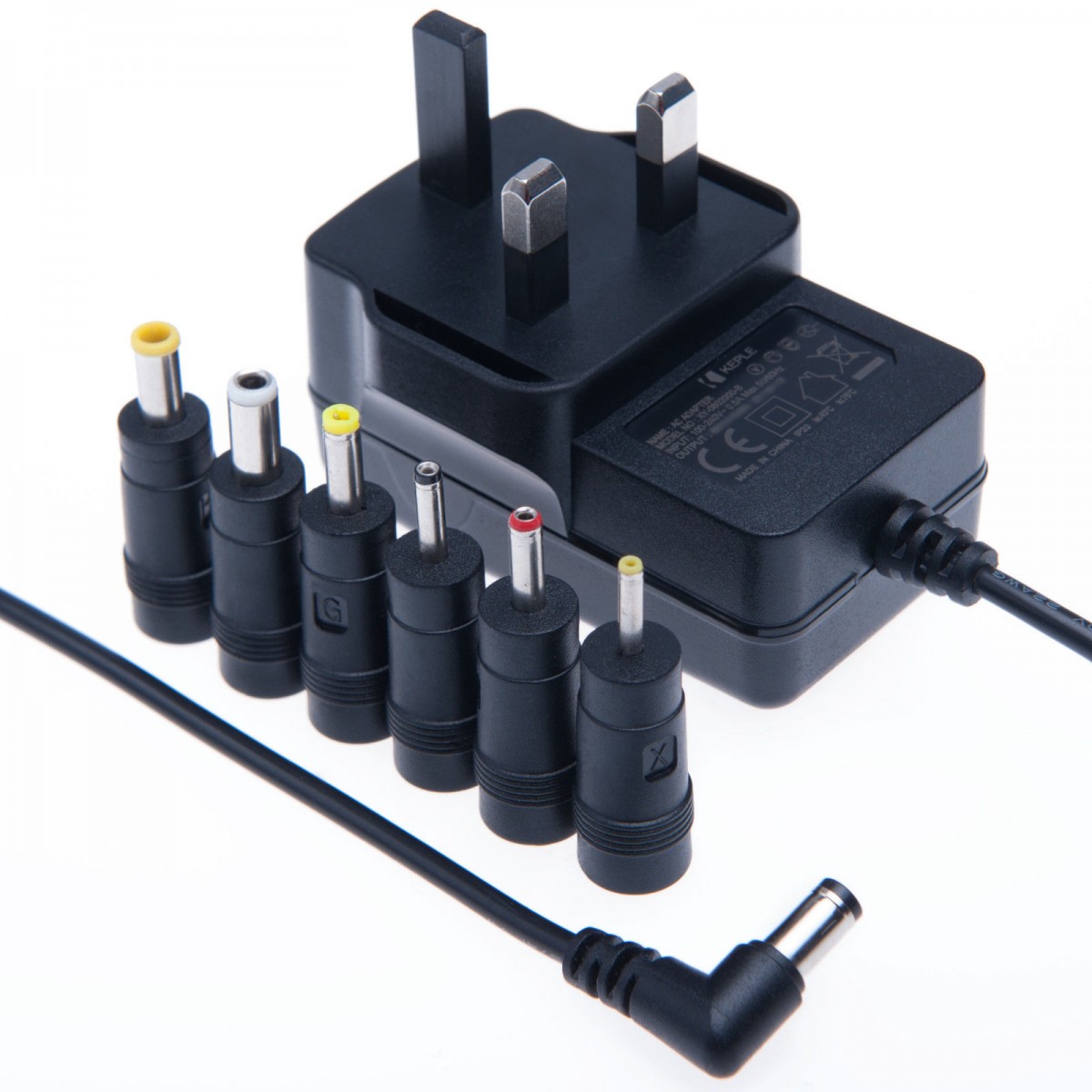
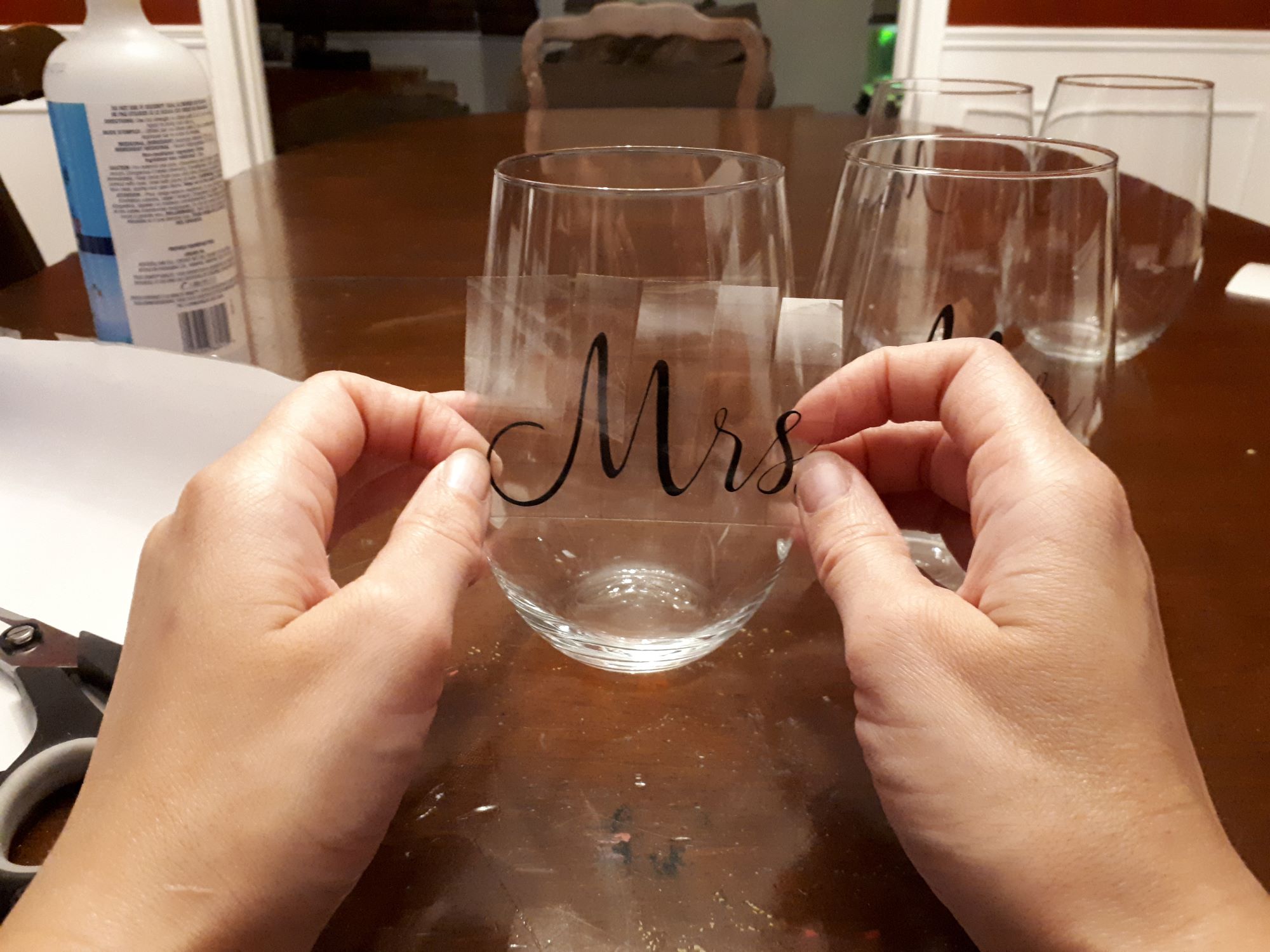
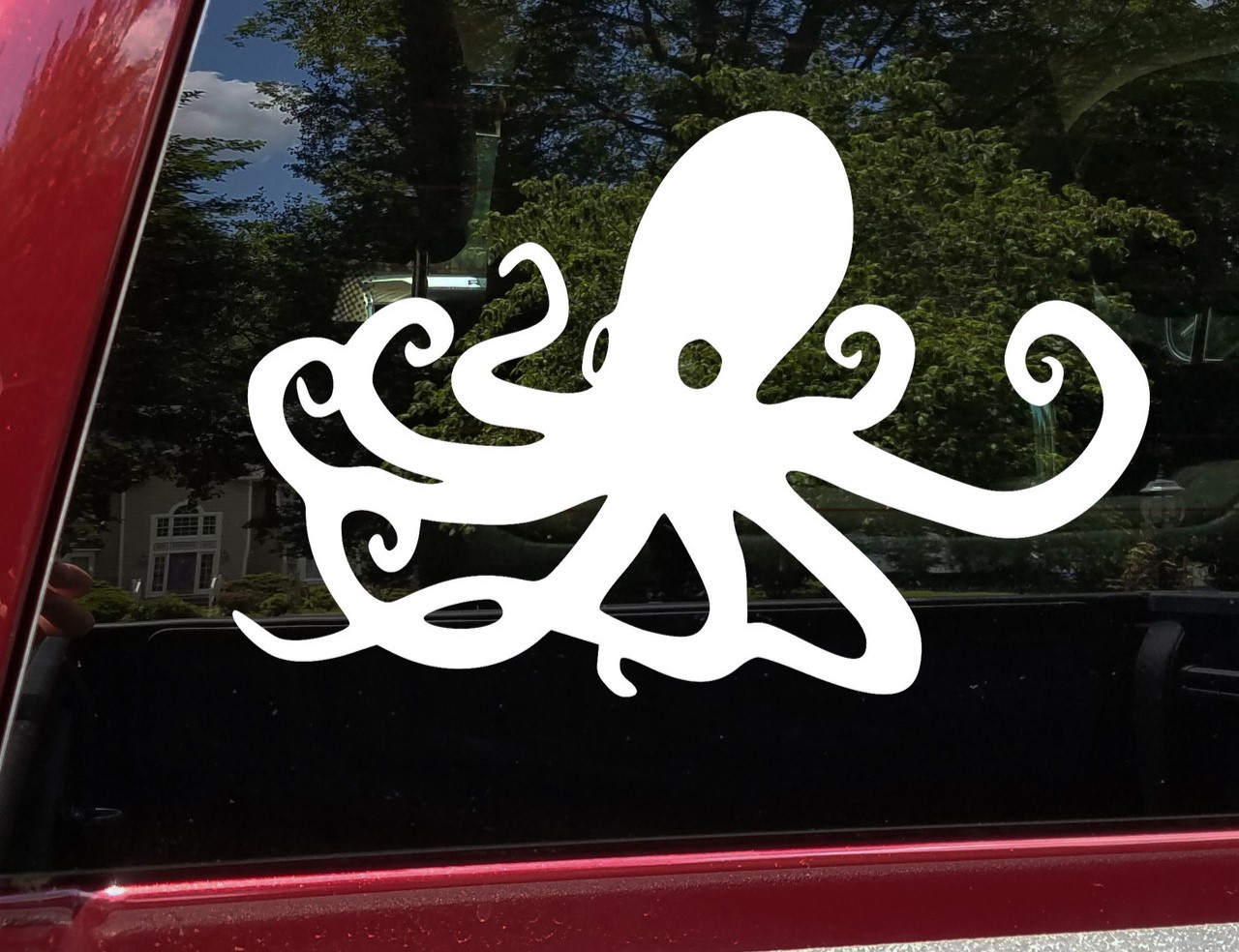
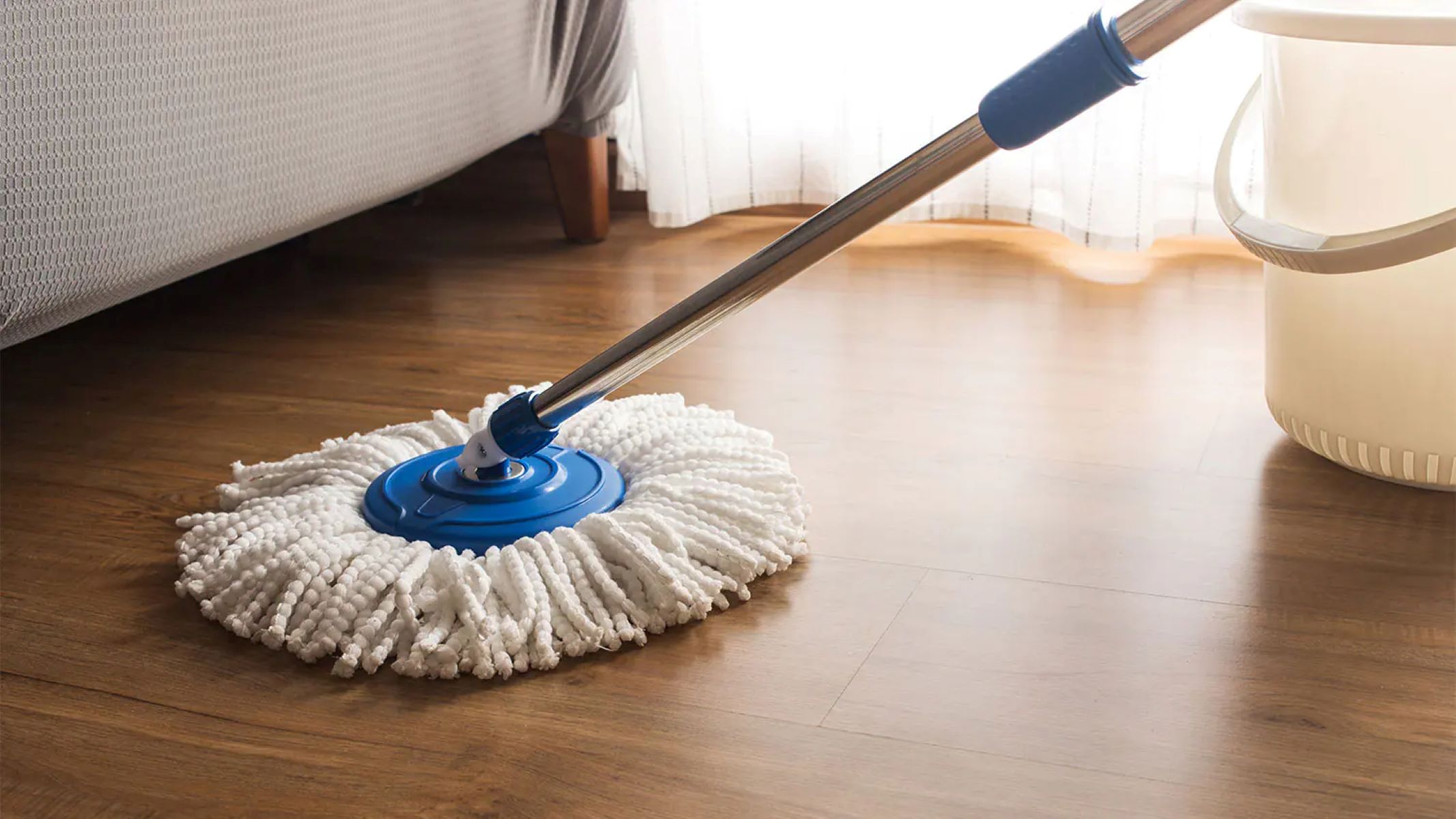
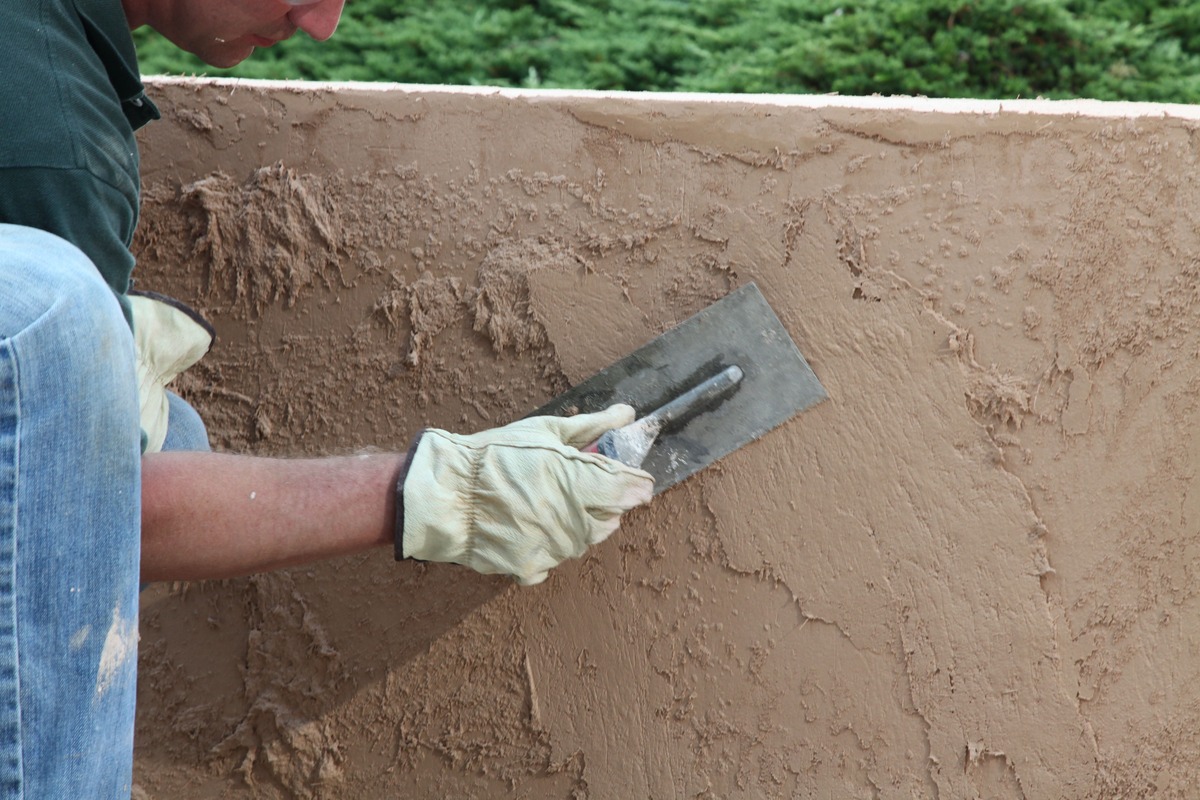
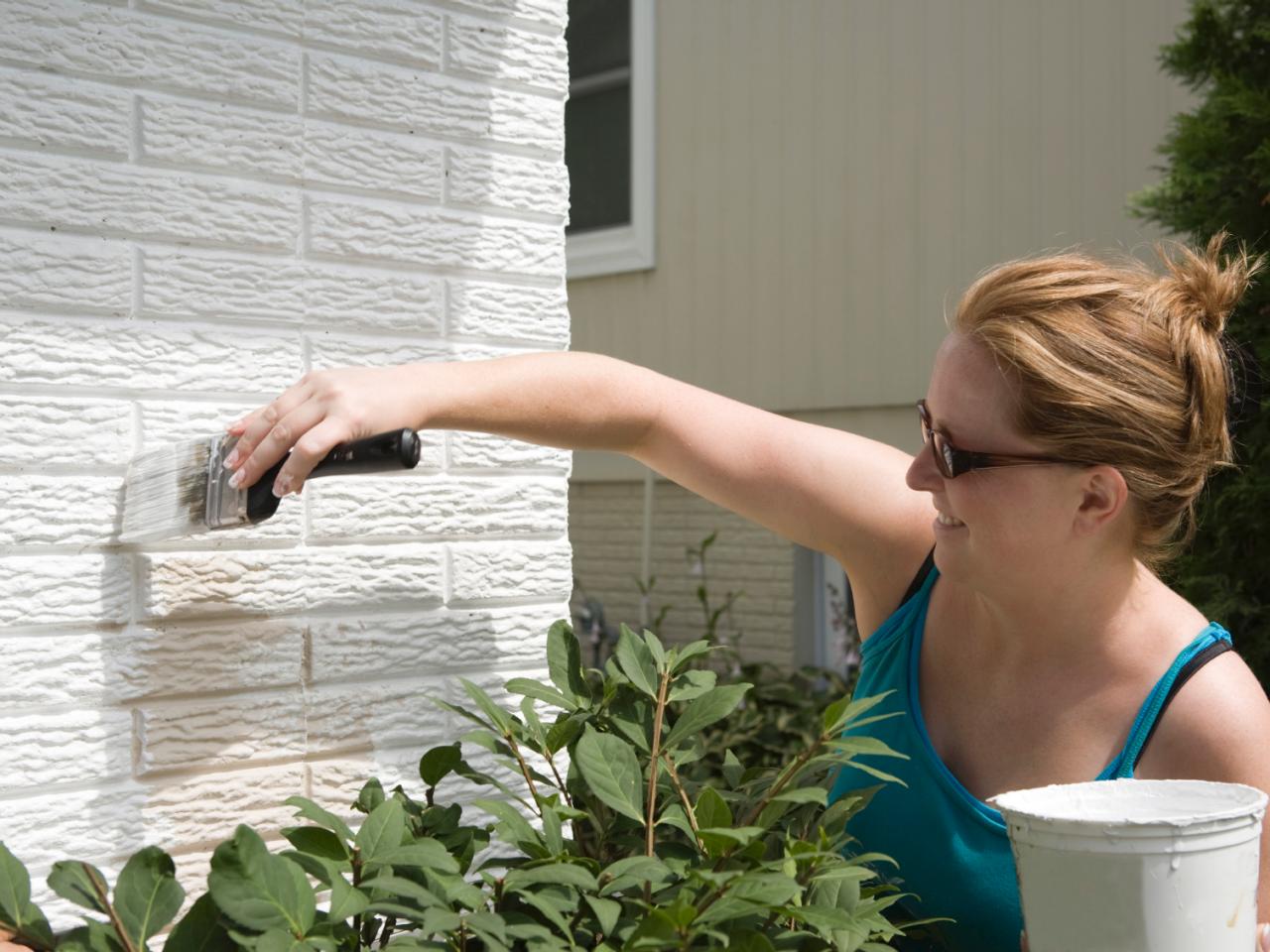

0 thoughts on “What Type Of Vinyl To Use On Glass”